Pastry Poppy Seed Filling (Mohn Paste)
Sweet and nutty poppy seed filling is an easy and delicious way to break away from your usual fillings and spreads. It has a uniquely fruity, slightly bitter, somewhat citrusy flavor that tastes great in tarts, rolled cakes, sweet buns, and, of course, traditional Purim desserts.
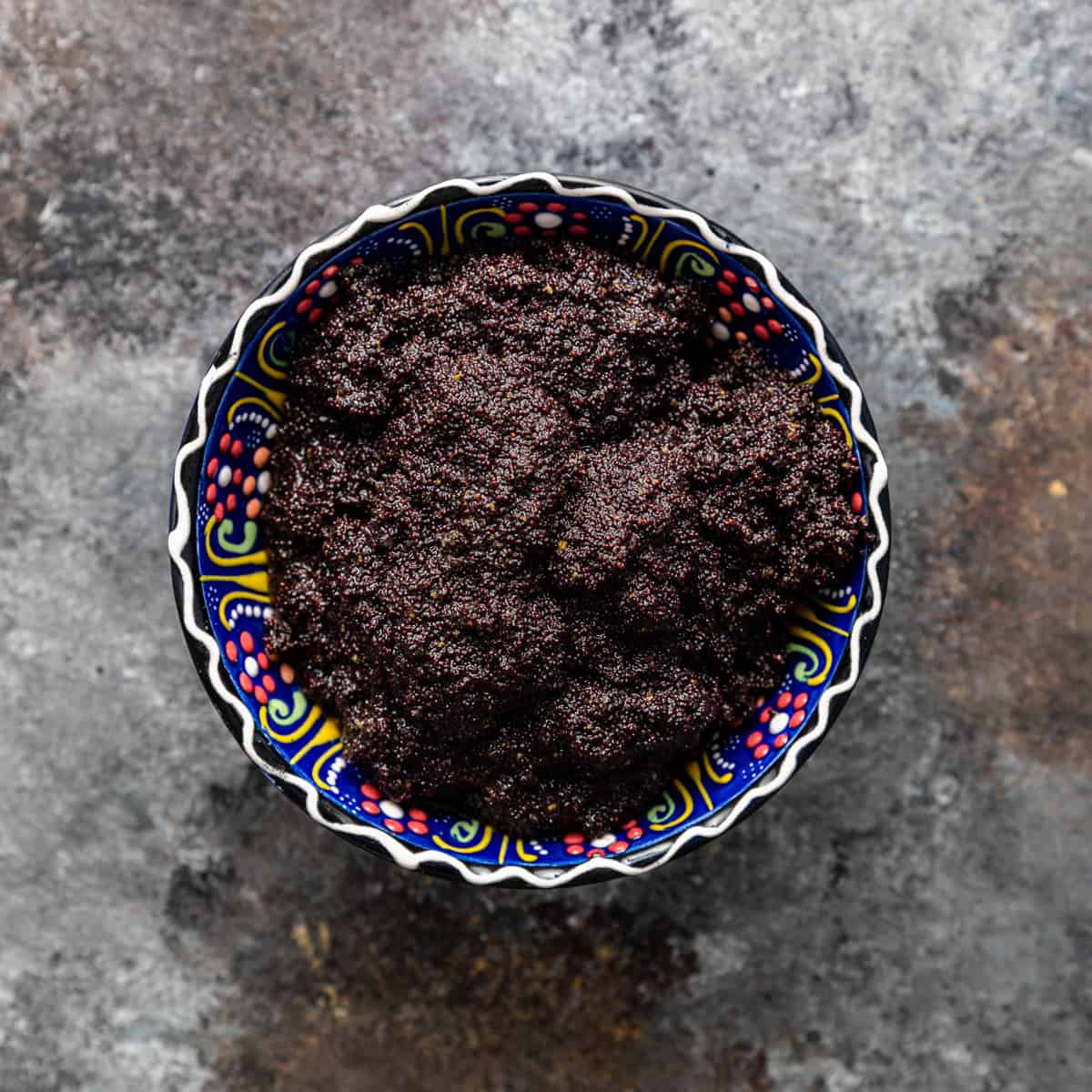
Derived from the Yiddish and German word for “poppy”, mohn paste is a thick poppy seed filling used in scores of traditional Jewish desserts. It peaks in popularity around the Jewish holiday of Purim, which is celebrated by giving gifts and sharing delicious food and drink with loved ones.
Ground poppy seeds take on an almost lemony, fruity flavor. To make poppy seed filling, the powder is simmered with vanilla, lemon juice, milk, and honey until it’s a thick, mellow, and nutty paste!
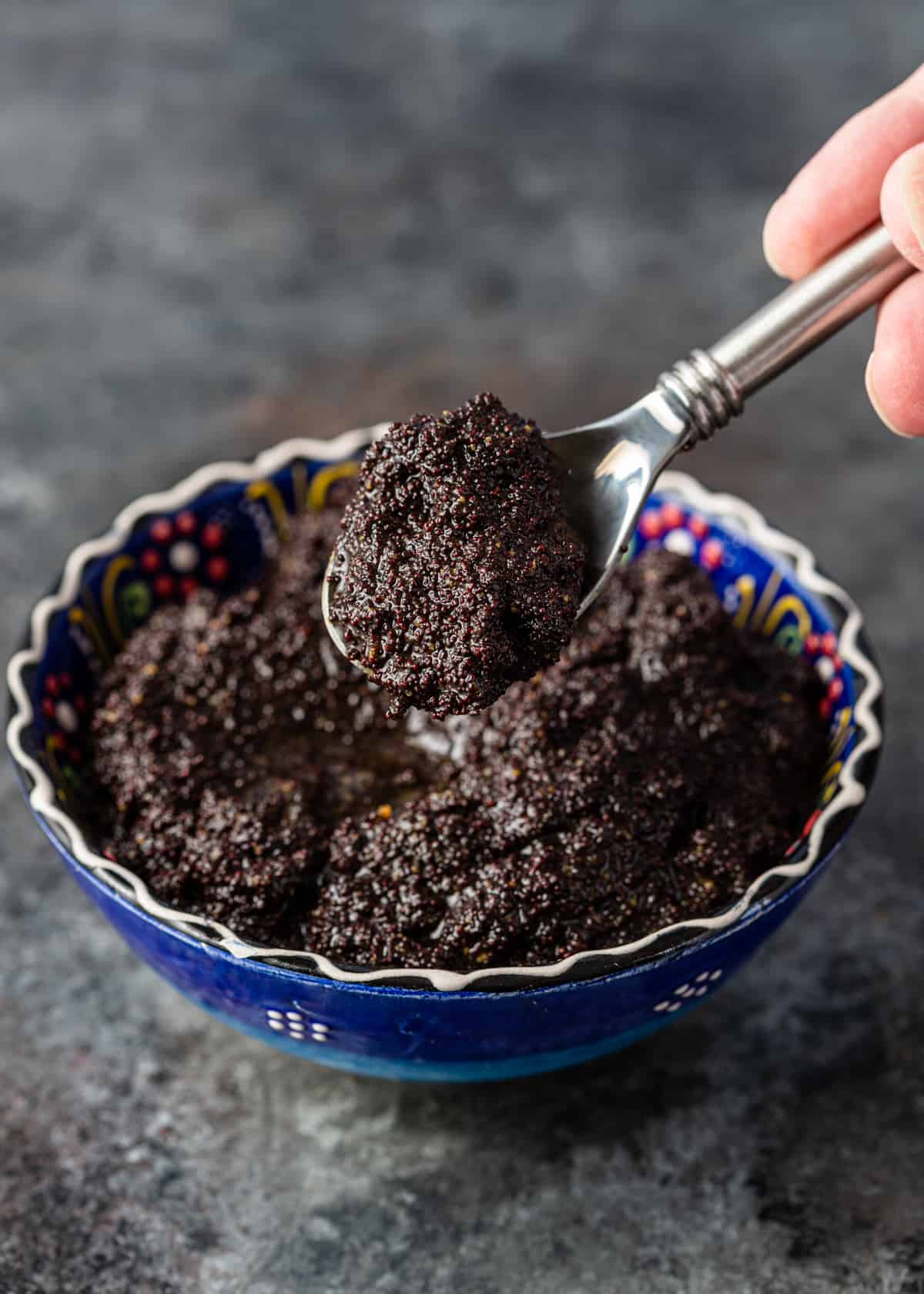
Its most common use is perhaps in hamantaschen shortbread cookies. But did you know you can also mix it into homemade batter for a tremendously moist, dense cake? You can also spread it along rolled cakes, as a filling for buttery rugelach pastries, or braided into mouthwatering babka bread instead of chocolate.
Table of Contents
Are the flavors here right up your alley? Try maamoul, too — it’s another popular Purim dessert!
Why grind poppy seeds?
Breaking down the seeds releases their oils and intensifies their nutty flavor, enhancing the overall taste of the mohn paste. Grinding also facilitates the incorporation of other ingredients, such as milk and sugar, leading to a well-blended and flavorful paste.
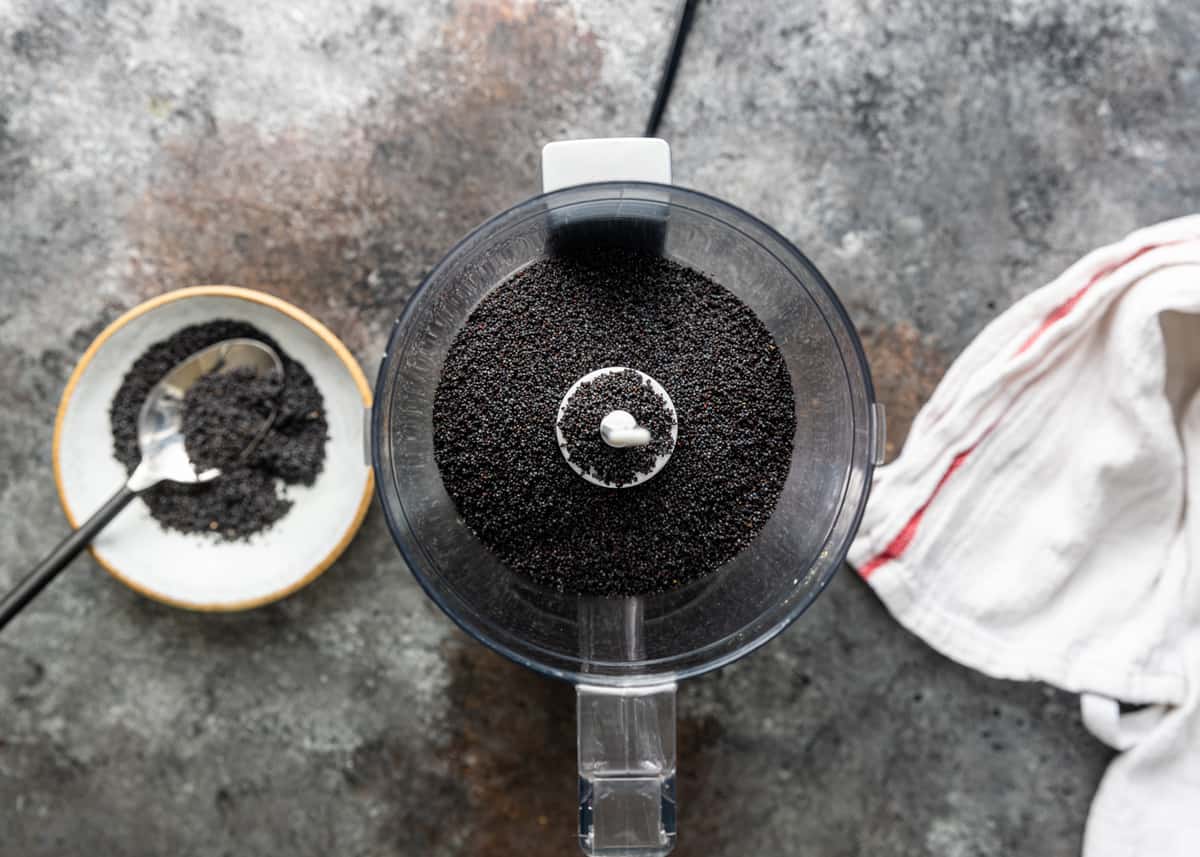
- Poppy Seeds – No need to soak or worry about any other preparation! You’ll need one cup, or 8 ounces.
- Honey – Local, pure honey is almost always best for baking. The fewer added ingredients, the better!
- Milk – The milk helps to soften and mellow out the bitter seeds. Whole milk makes for a creamier poppy seed paste, but feel free to use 2% or even a milk substitute like almond or oat milk. And since this is the only dairy ingredient in this poppy seed filling, you can easily make this one substitute for dairy-free filling!
- Sugar – You can use either white or brown sugar in mohn paste. I prefer white sugar to keep the flavor a little lighter, but anything goes!
- Lemon Juice – This bit of acidity is crucial for a balanced flavor. Orange juice or lime juice are both excellent alternatives.
- Vanilla Extract – Just ½ teaspoon — it goes a long way. If you really want to double down on the nutty flavors here, you can use almond extract. Maple syrup is another good substitute! Almond or soy milk substitutes for milk often have added vanilla flavors that might do plenty on their own — do a taste test before stirring it in!
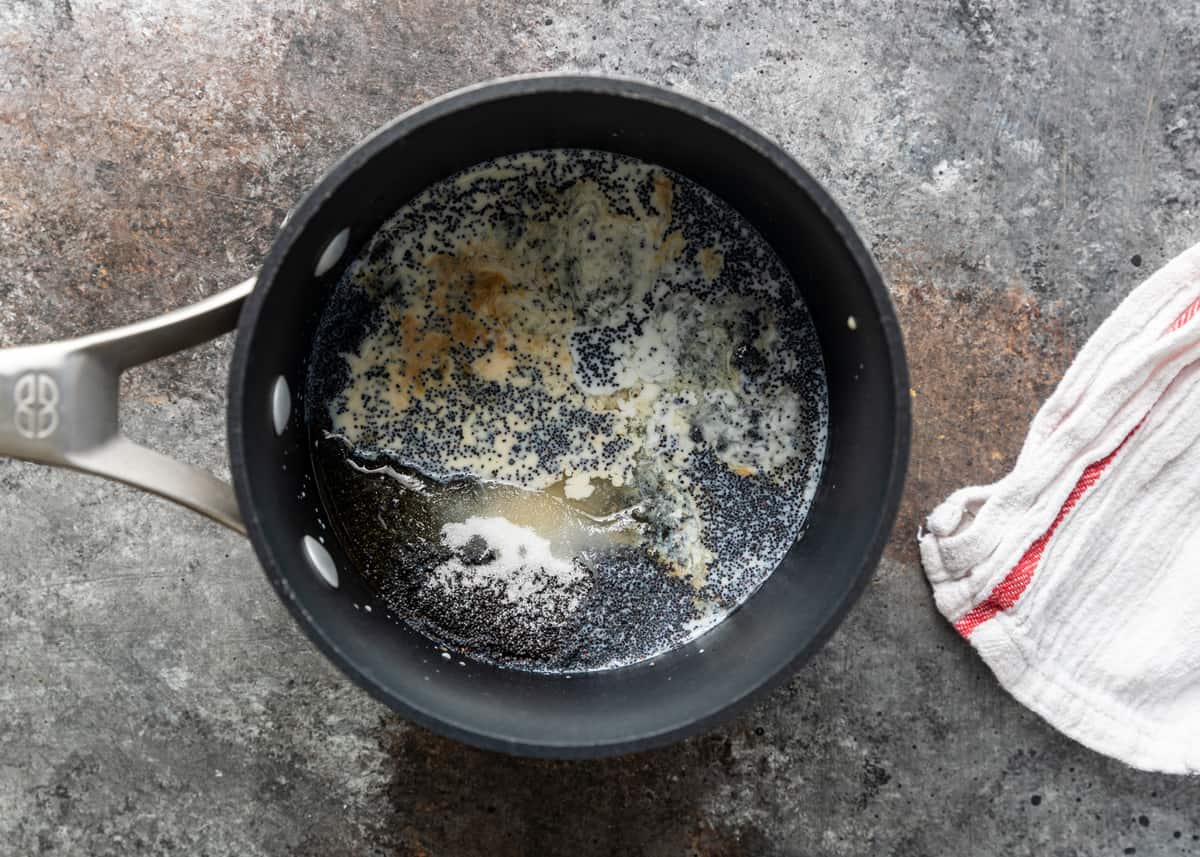
- Grind the Poppy Seeds. Use a food processor or coffee grinder to break down the seeds into a fine powder. It may be easiest to blend the seeds in batches to really grind them down.
- Combine the Filling Ingredients. Add the ground seeds to a medium saucepan with the honey, milk, sugar, lemon juice, and salt. Whisk together until totally combined.
- Boil & Simmer. Heat the mixture over medium-high heat, stirring occasionally until it reaches a rolling boil. Once it’s boiling, reduce the heat to low and simmer for about 15 minutes until it thickens into a paste.
- Season & Let Cool. Remove the pan from the heat and stir the vanilla extract into the poppy seed paste. Set aside or transfer to a storage container — uncovered — until cooled.
- Store or Serve. Once cooled, store in the refrigerator or use immediately as a filling in cookies, pastries, or cakes.
Recommended Tools
- Food Processor or Coffee Grinder – It’s important to grind the poppy seeds very finely for mohn paste for two reasons: to develop a very smooth, soft texture and to release the sweet, fruity flavors of the seeds.
Storing and Serving
Poppy seed paste is at its sweetest, nuttiest, and creamiest right after it’s made — this is a recipe you’ll want to serve fresh!
The filling must remain refrigerated when not in use. Store in an airtight container and refrigerate for up to 5 days.
And while you can freeze this filling, the texture of the frozen and then thawed milk-based mohn paste will be off. So again, serve your poppy seed paste fresh!
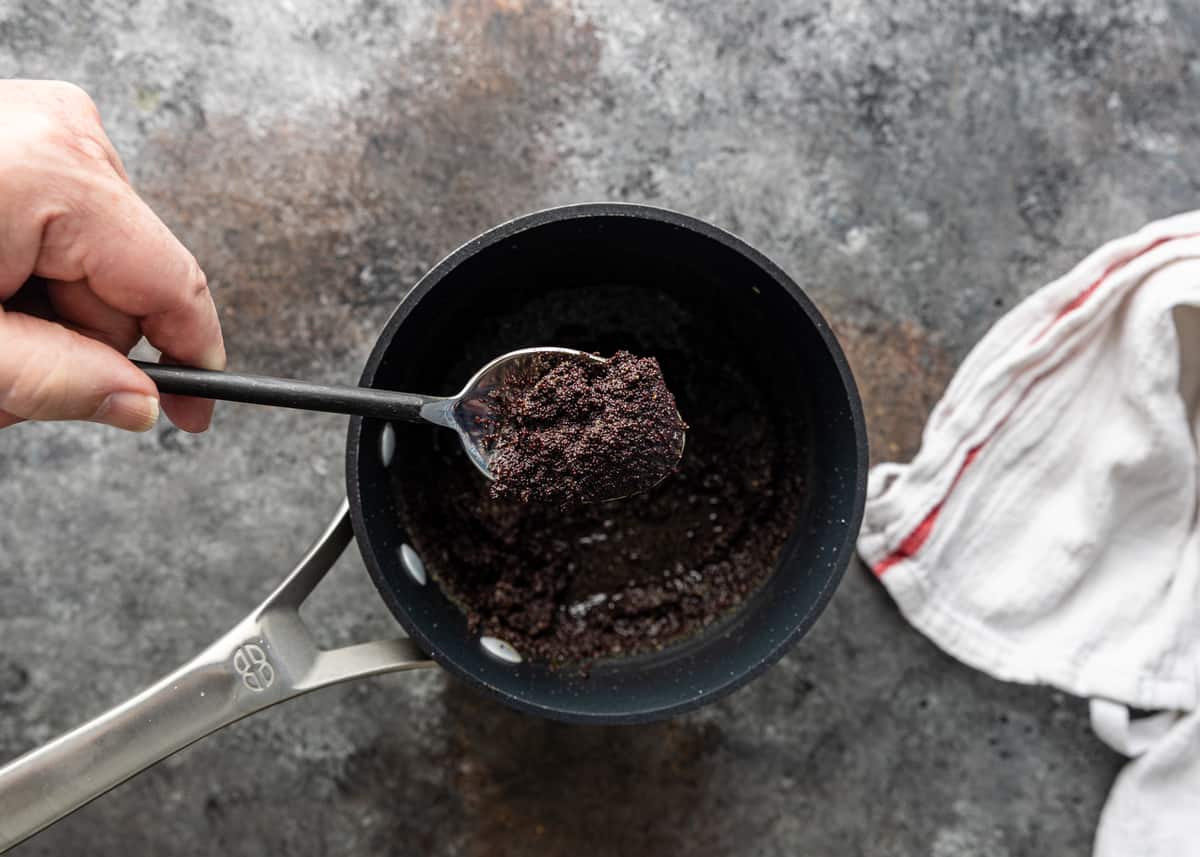
In addition to poppy seeds, sugar, salt, and water, canned pastes contain additional corn syrup, corn starch, and citric acid — a weaker, less flavorful citrus extract that takes the place of lemon juice in canned ingredients.
The absence of milk, honey, and fresh lemon juice results in a much more bland, flat paste.
It should be relatively thick. If the mixture is still runny after simmering, it could need a little more time on the stove. Alternatively, it can be thickened with a cornstarch slurry made with equal parts cornstarch and cold water.
To avoid this, be sure to follow the measurements in the recipe card exactly so you have just the right amount of dry ingredients compared to wet.
That shouldn’t be the prevailing flavor, no. While it’s earthy, it’s predominantly sweet and nutty.
Improperly ground seeds might result in a bitter flavor. Additionally, seeds that have spoiled have a much more bitter, almost rancid flavor to them. If your poppy seeds have been sitting in the cabinet for a while, taste them before using.
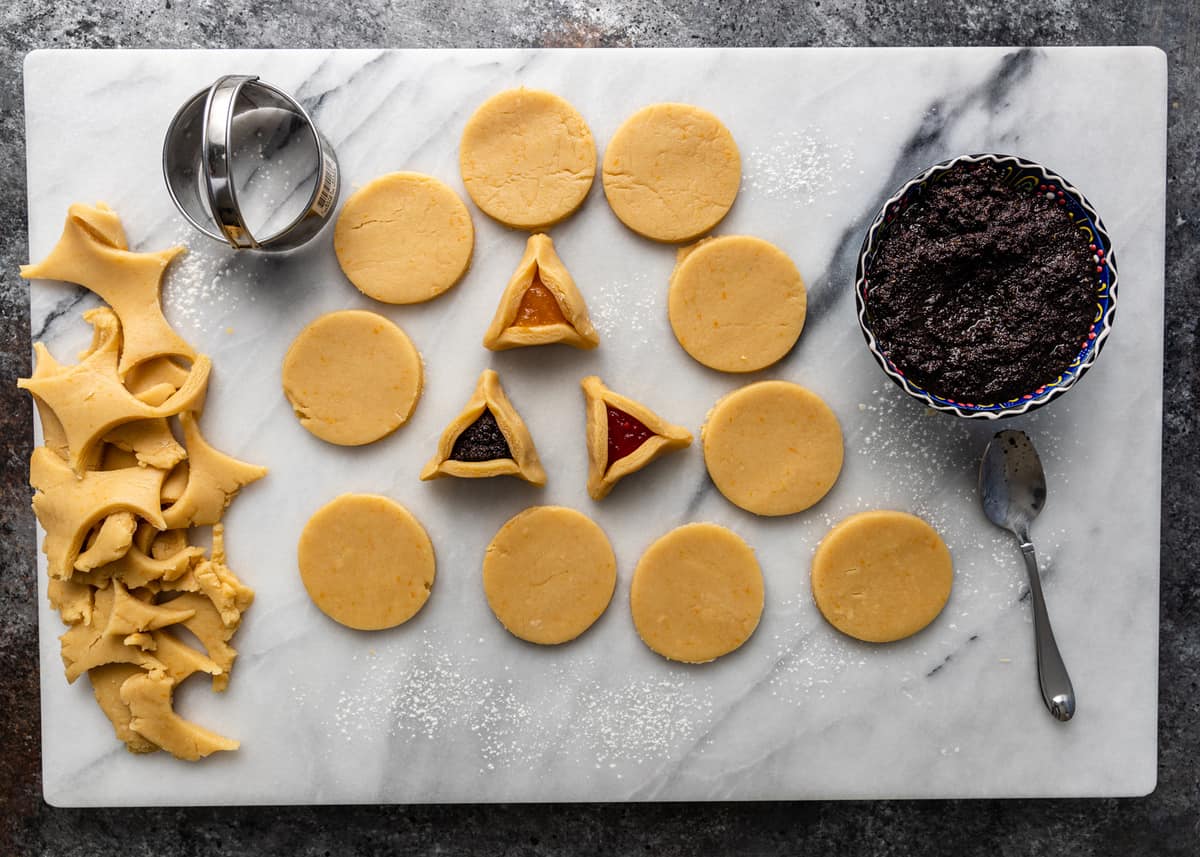
Share this recipe on Pinterest!
Love this recipe? Share it with the world on Pinterest.
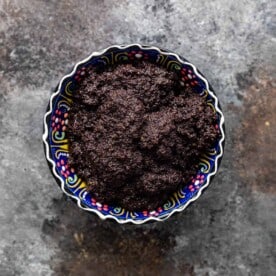
Pastry Poppy Seed Filling (Mohn Paste)
Ingredients
- 1 cup poppy seeds
- 1/2 cup honey
- 1/2 cup milk or almond milk
- 1 tablespoon sugar
- 1 tablespoon lemon juice
- 1/4 teaspoon kosher salt
- 1/2 teaspoon vanilla extract
Instructions
- Blitz poppy seeds in food processor or coffee grinder to finer consistency.
- Add ground poppy seeds, honey, milk, sugar, lemon juice and salt to medium saucepan.
- Bring to a boil over medium high heat, reduce heat to low, and simmer until thickened, about 15 minutes. Remove from heat, and stir through the vanilla. Set aside to cool.
- Use for filling of hamantashen, rugelach, babka or other pastries.
Nutrition
The information shown is an estimate provided by an online nutrition calculator. It should not be considered a substitute for a professional nutritionist’s advice.
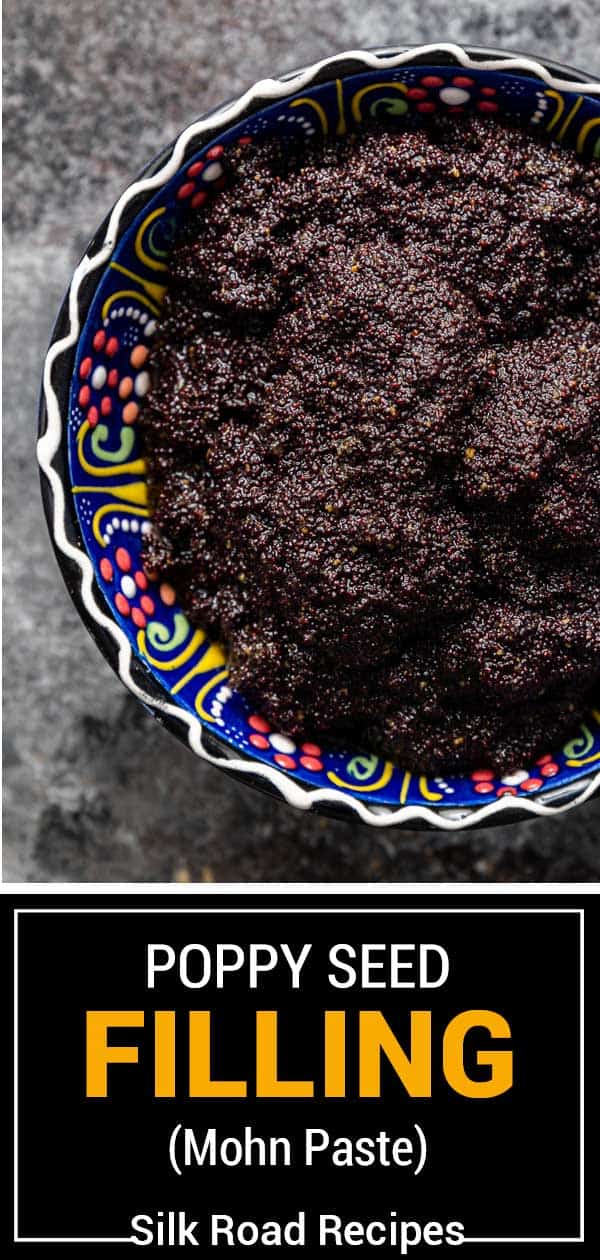
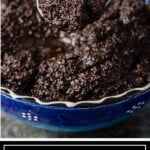
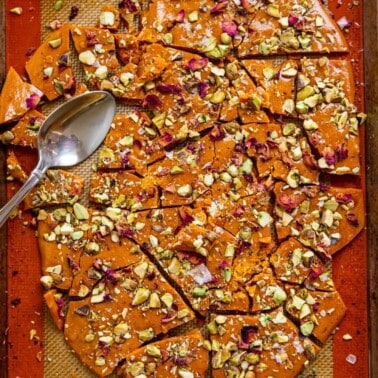
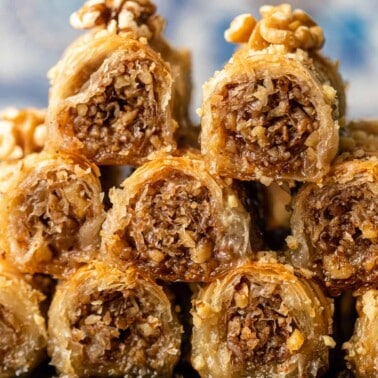
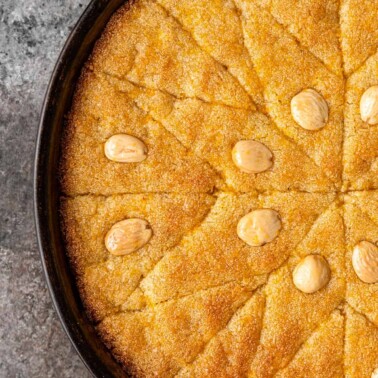
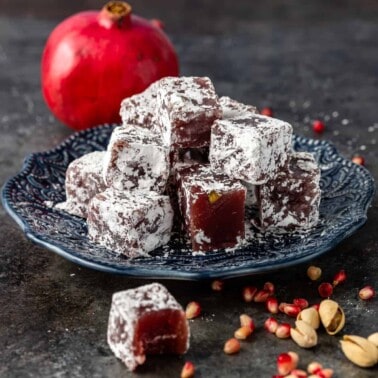








Dear Kevin,
I’m eager to try your Mohn Paste recipe, but have a few questions:
1. Many suggest soaking the poppy seeds in boiling water for 30 minutes, repeating this process three times with straining and washing in between, but your recipe does not mention this. Could you share your thoughts on omitting this step?
2. In my old recipe, adding honey to hot milk causes curdling. For that reason, I don’t add honey before the milk is completely reduced. Your recipe adds honey to cold milk before heating. Does this prevent curdling?
3. I typically use one-third the amount of honey your recipe calls for. Would halving your suggested honey amount still achieve a paste-like consistency without excess honey?
4. My version uses less milk and requires 30 minutes to reduce, whereas yours suggests a slightly larger quantity but only 15 minutes to reduce. Is this timeframe sufficient?
5. In my recipe, I incorporate an egg white for viscosity. What are your thoughts on this addition?
Looking forward to your insights.
Best,
Chris
Chris, try this version and then let’s revisit. 🙂